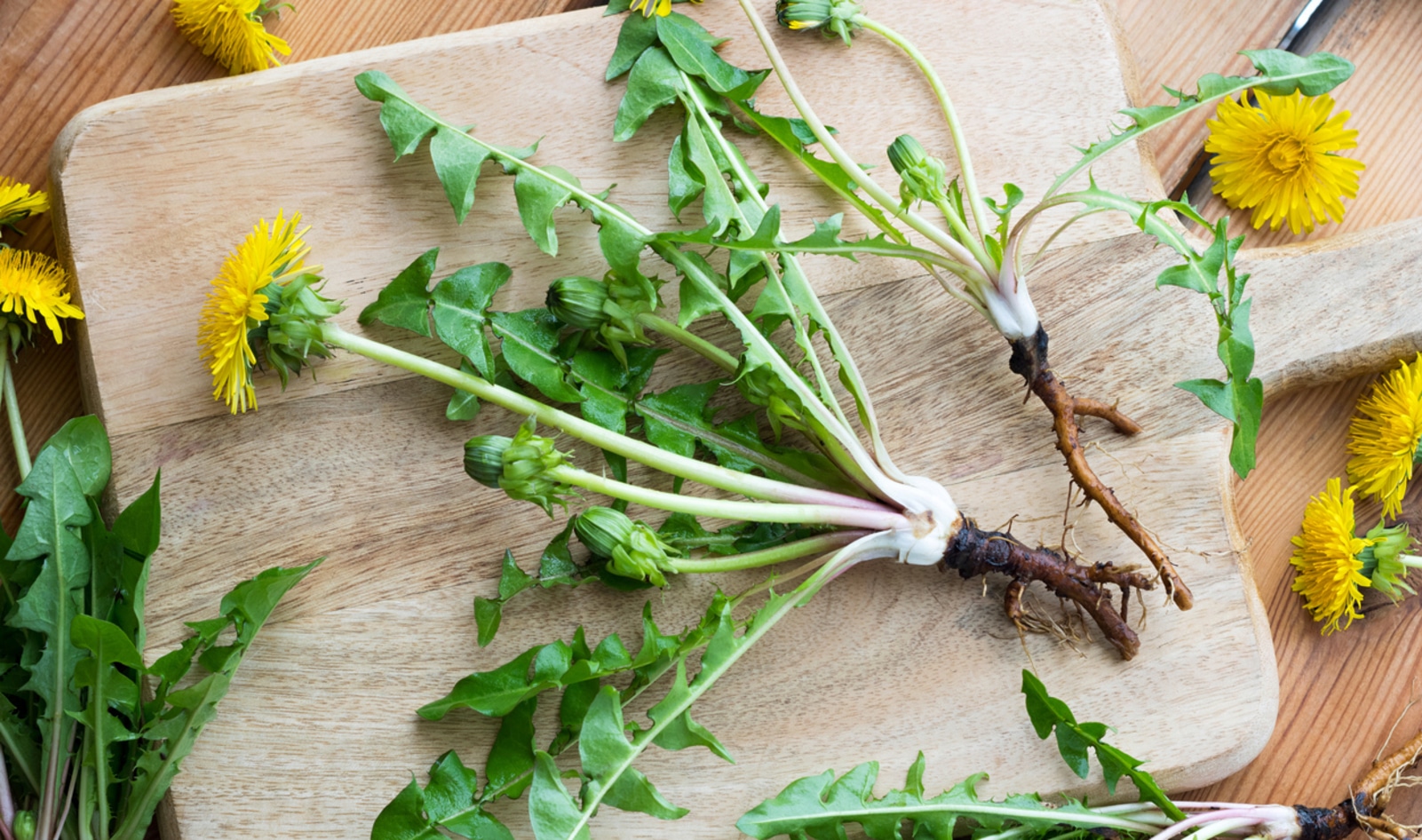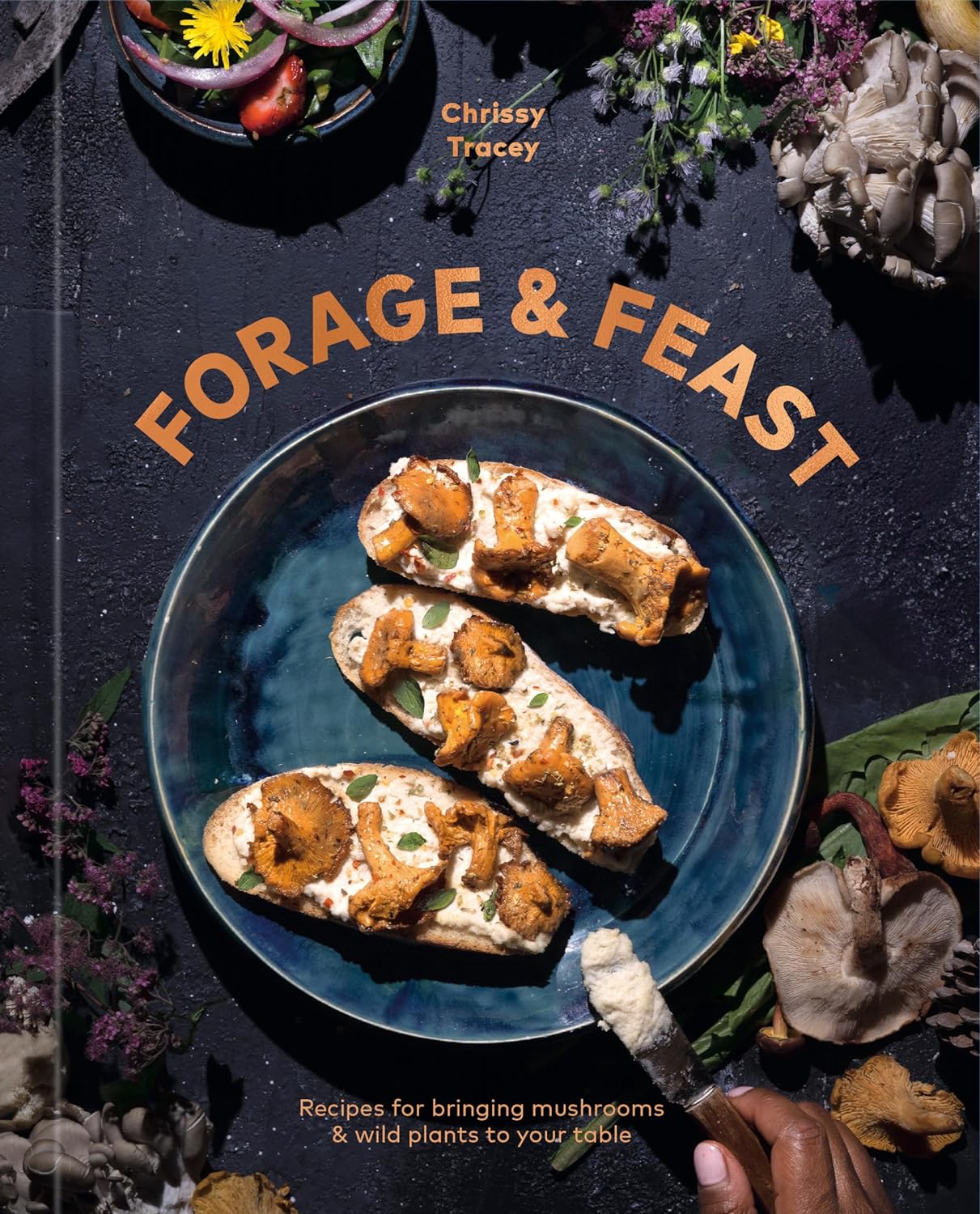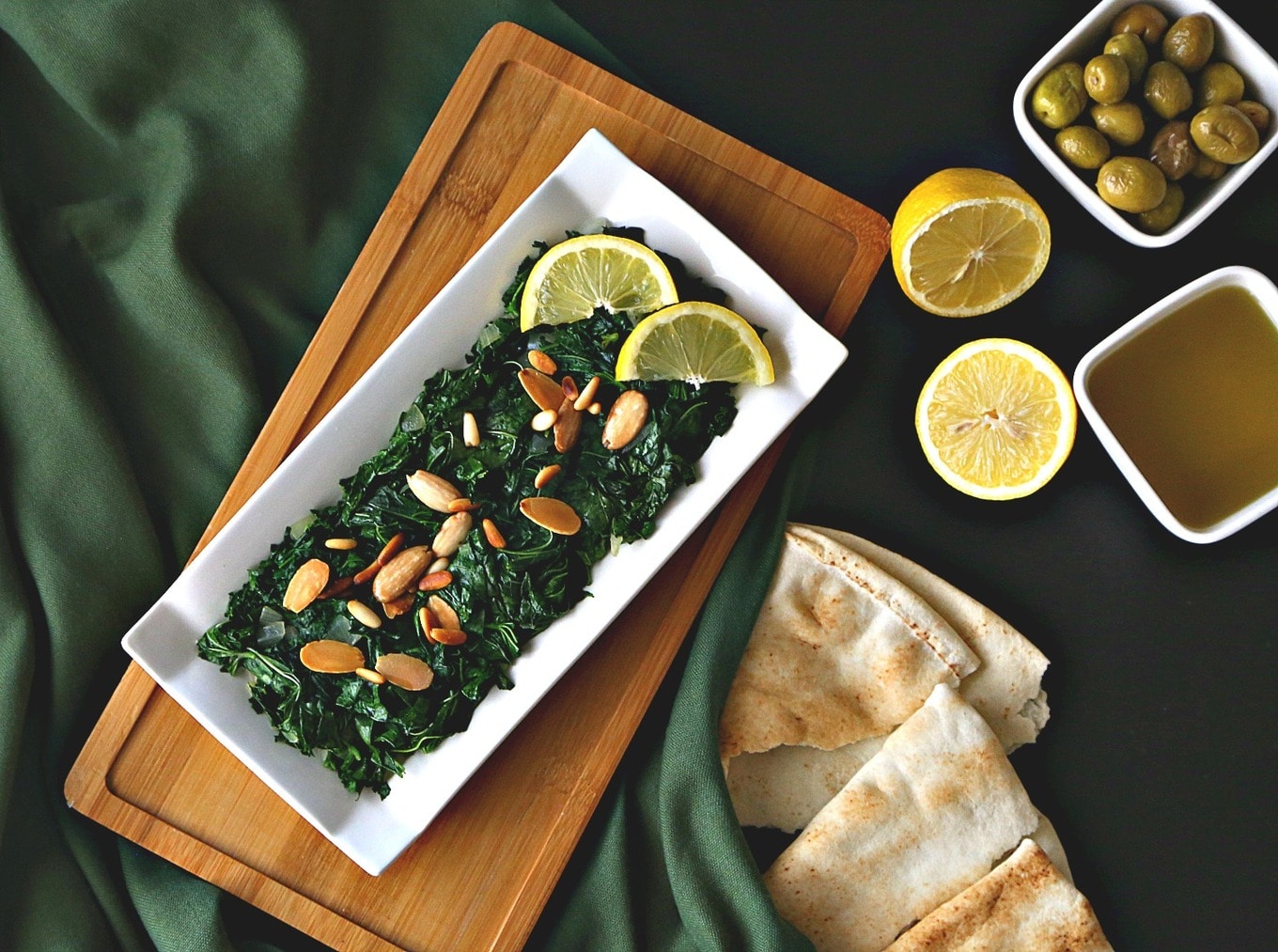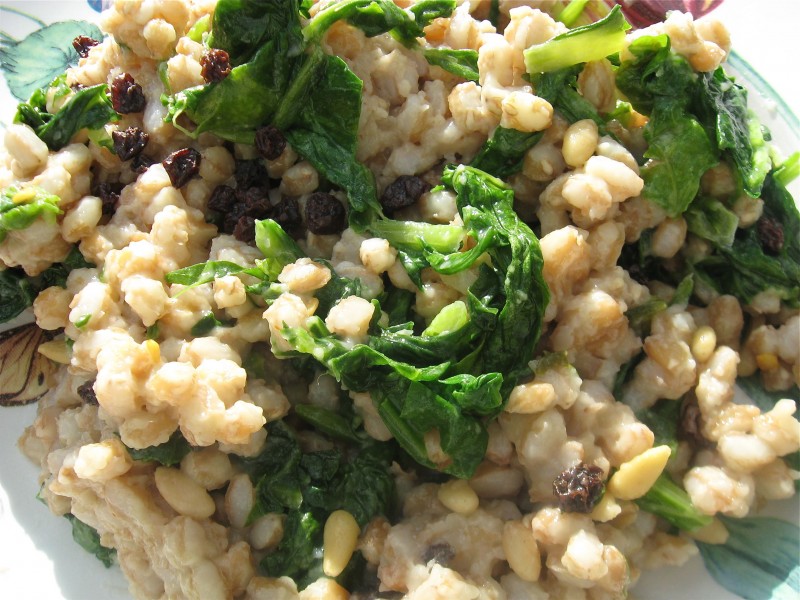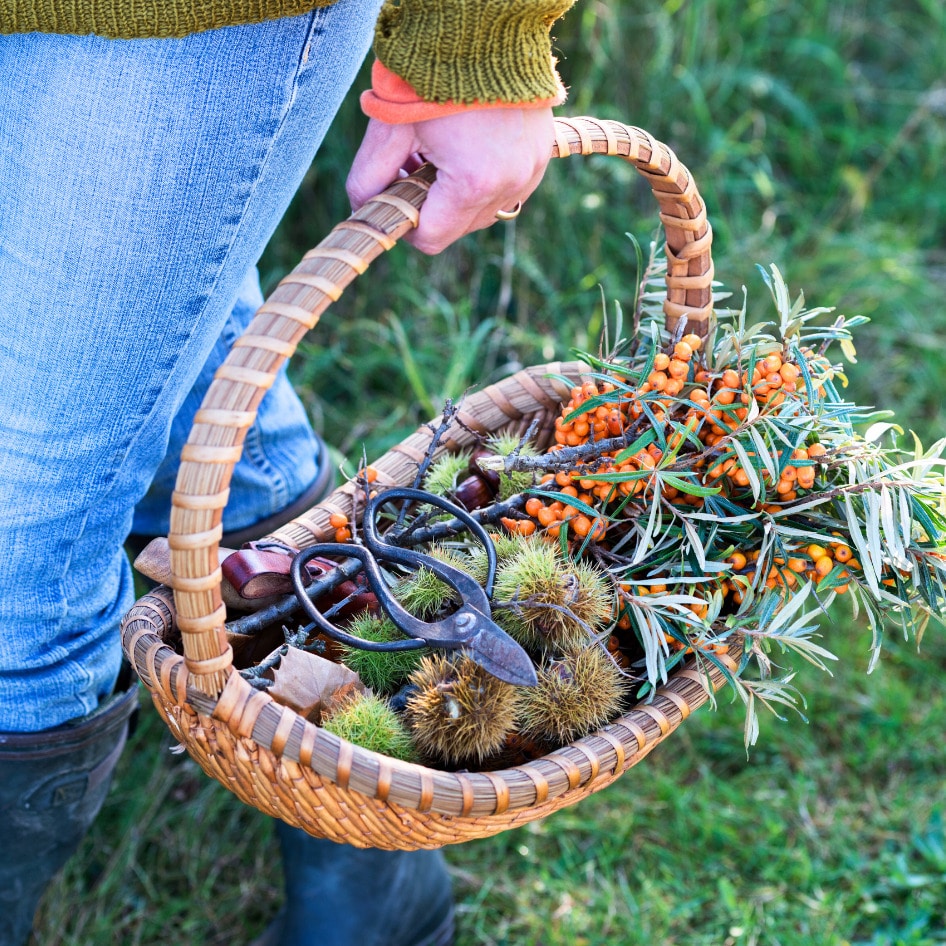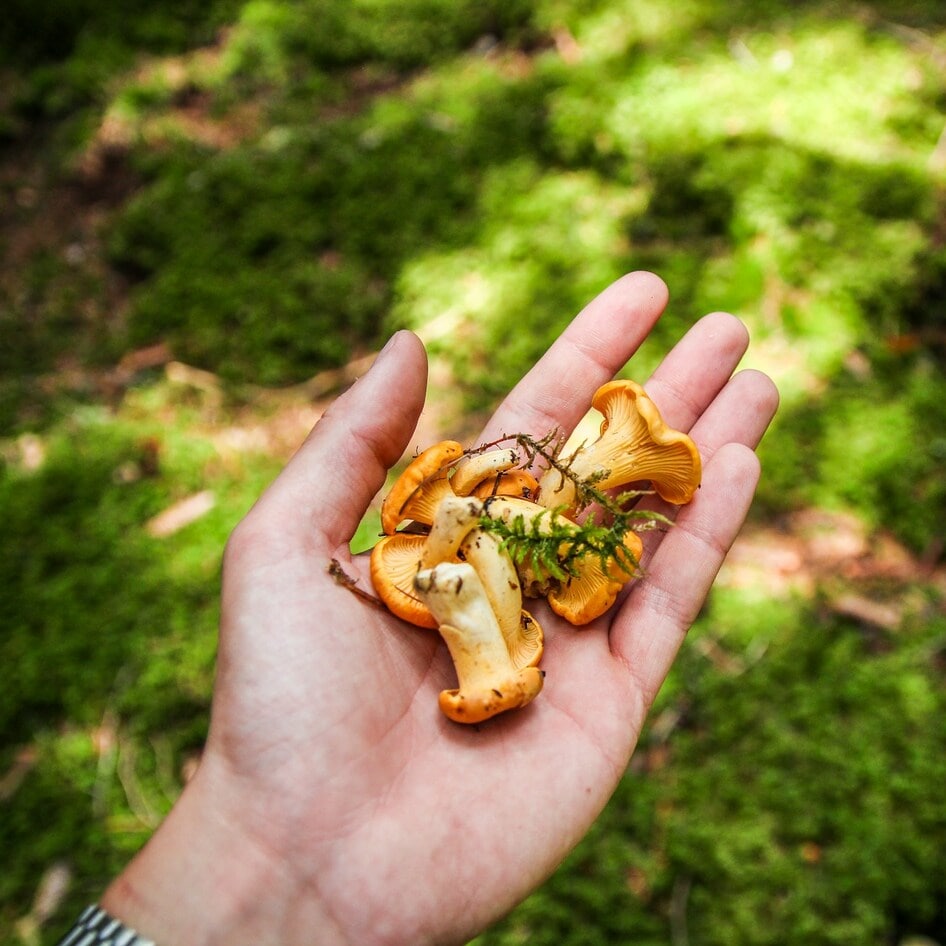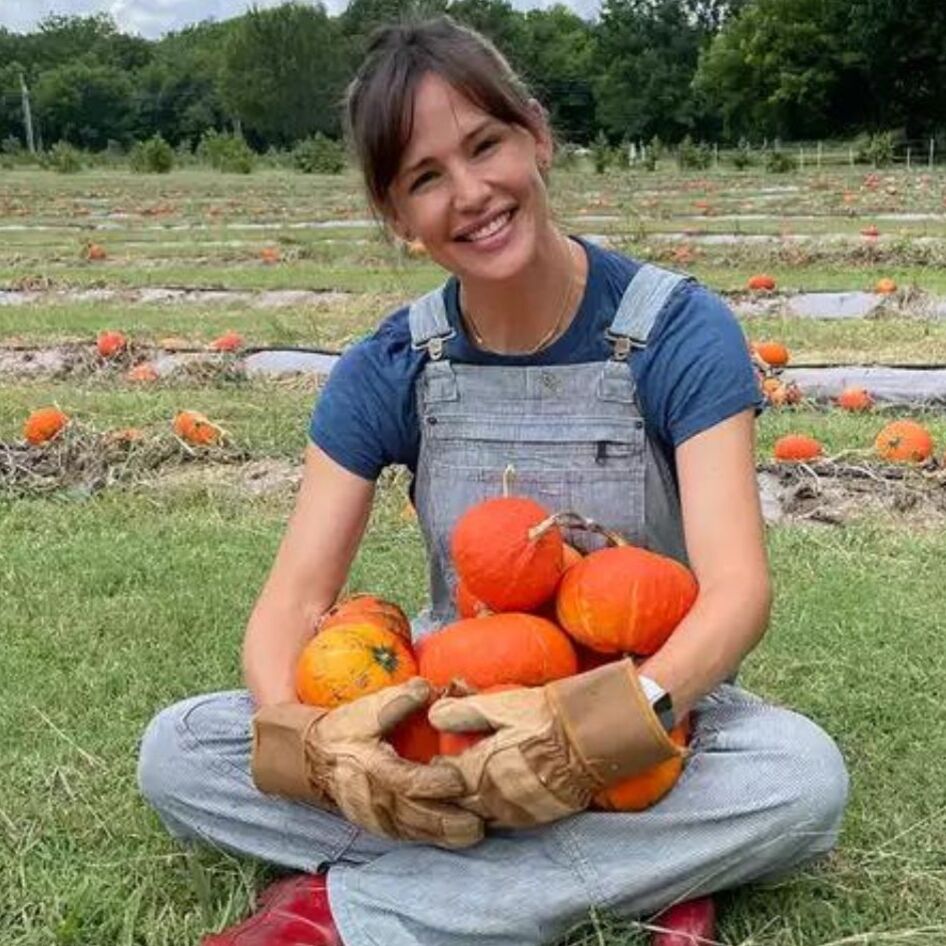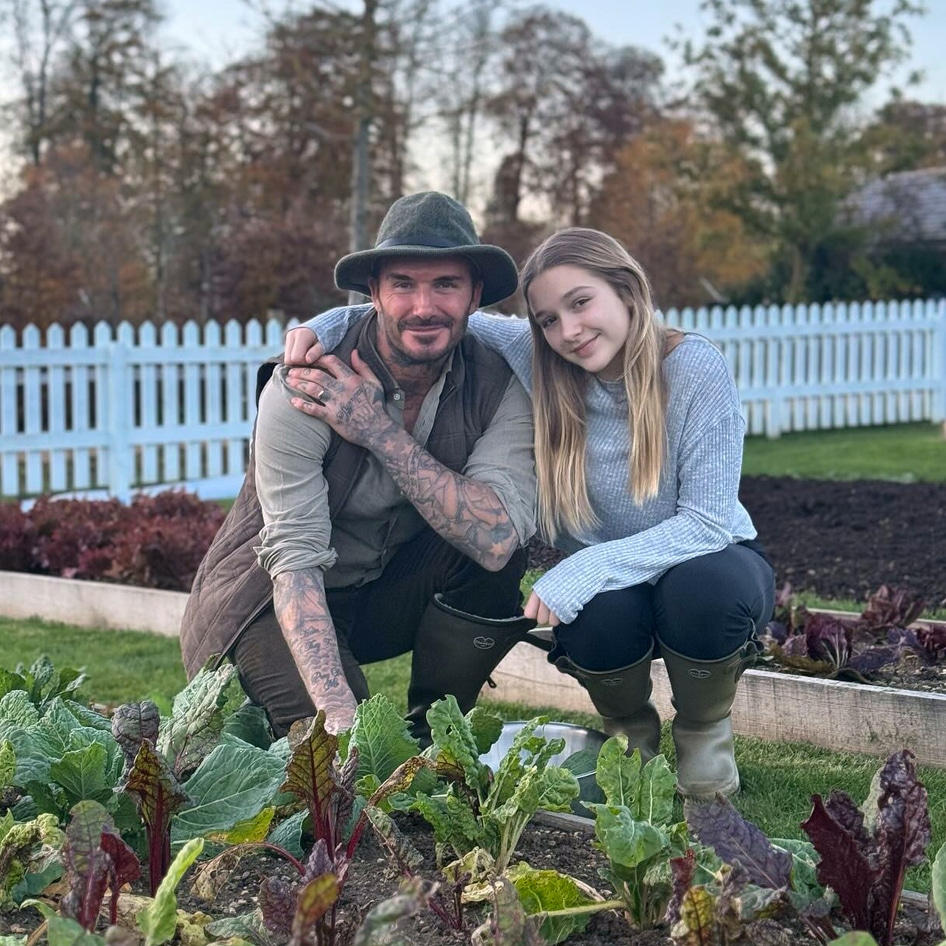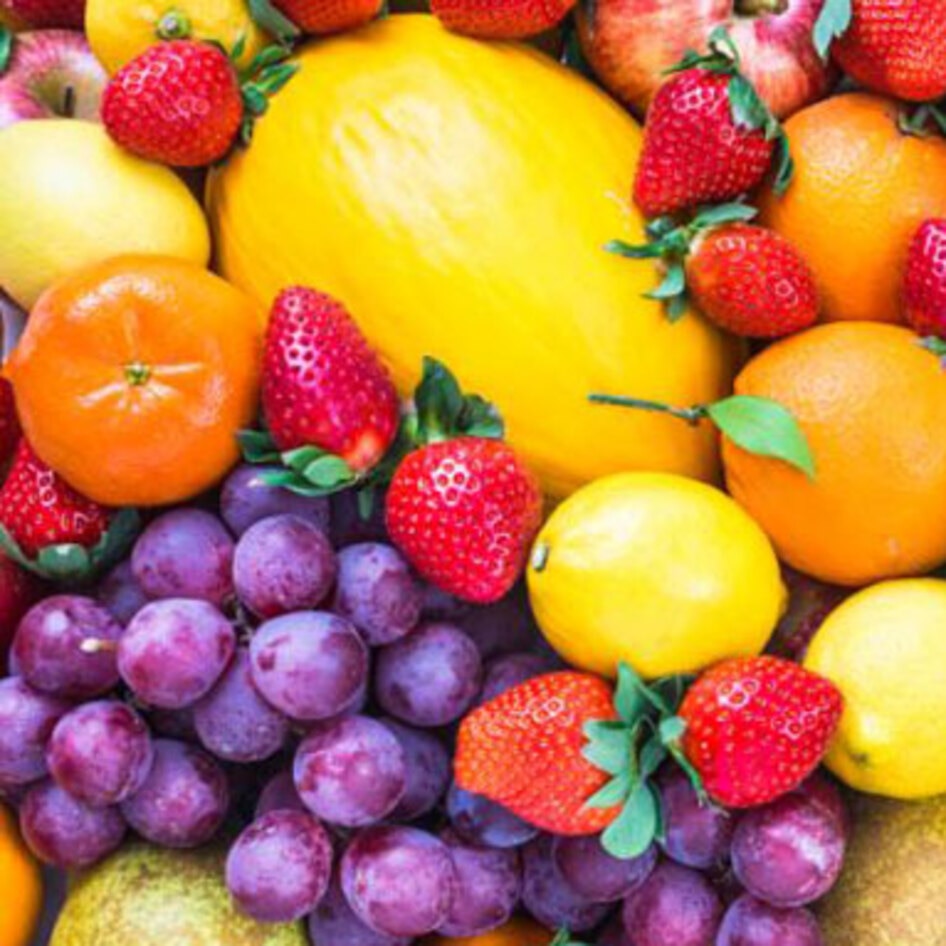Dandelions are good for more than just wishes. They were used as medicine well before we started placing our hopes and dreams on the petals blown into the wind. In fact, many of the weeds we pay to exterminate are often nutrient-dense medicinal powerhouses. It turns out, you can find a bounty of medicinal foods just outside your door if you know where to look. Follow these seven steps to begin foraging.
Is backyard foraging good for you?
If you know what you’re doing, foraging in your own backyard can be a rewarding experience. One of the biggest benefits is that foraging allows you to connect with your local environment without having to go very far from your house—you can learn about the plants just outside your door and develop a deeper appreciation for nature. Plus, many backyard plants, such as certain berries, herbs, and leafy greens, can be nutritious additions to your diet, as they’re rich in vitamins, minerals, and antioxidants.
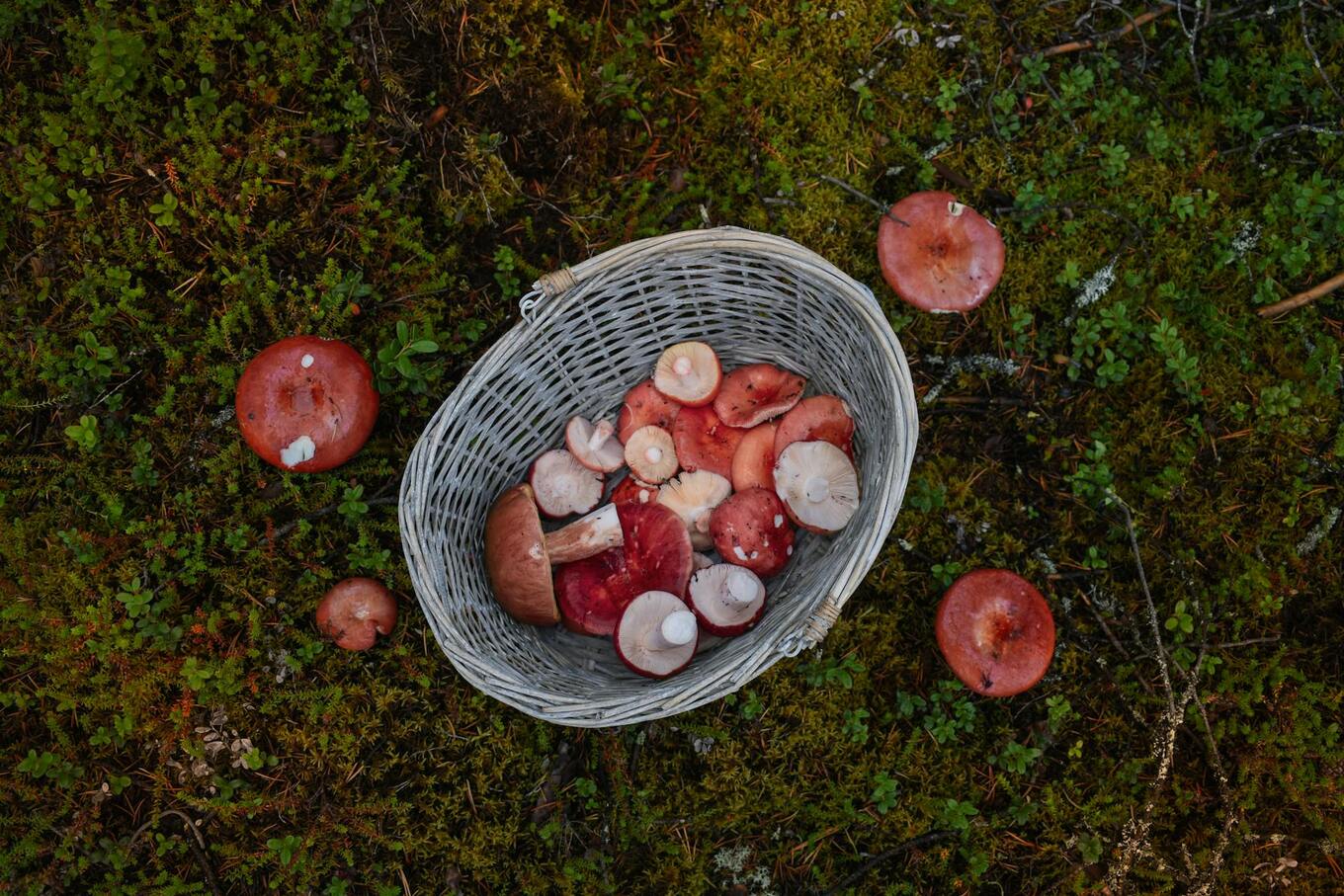 carboxaldehyde/Pexels
carboxaldehyde/Pexels
That said, it’s very important to research properly before you start foraging. Even in your own backyard, not all plants are safe for consumption. It’s also important to practice sustainable foraging by harvesting in moderation and leaving enough for wildlife and future plant growth. Before you start your backyard foraging journey, check out a few of our top tips below.
Read these 7 tips before you start backyard foraging
Before you head outdoors, read these tips to make the most of your foraging experience.
1 First, research
Specialized social media groups can be a great resource for beginners. Search for “wild edible” or “foraging” groups on Facebook or Reddit. Scroll through those groups, as they provide plenty of records to answer your questions and offer suggestions for preparing any foraged foods you may come across. Groups are also handy for posting pictures when you need help identifying the plants in your harvest.
TikToker Alexis Nikole Nelson is another great resource. Nelson shares her foraging expertise and know-how in funny, informative videos. Beyond digital resources, Chrissy Tracey’s Forage & Feast cookbook offers tips, guides, and recipes for your bounty. But before you pick anything, be sure you know what you’re putting into your mouth.
Pro tip: Many forager Facebook groups are extremely active. Foragers are typically friendly folks, and you’ll be welcomed as a newcomer! And remember: there’s no such thing as a dumb question.
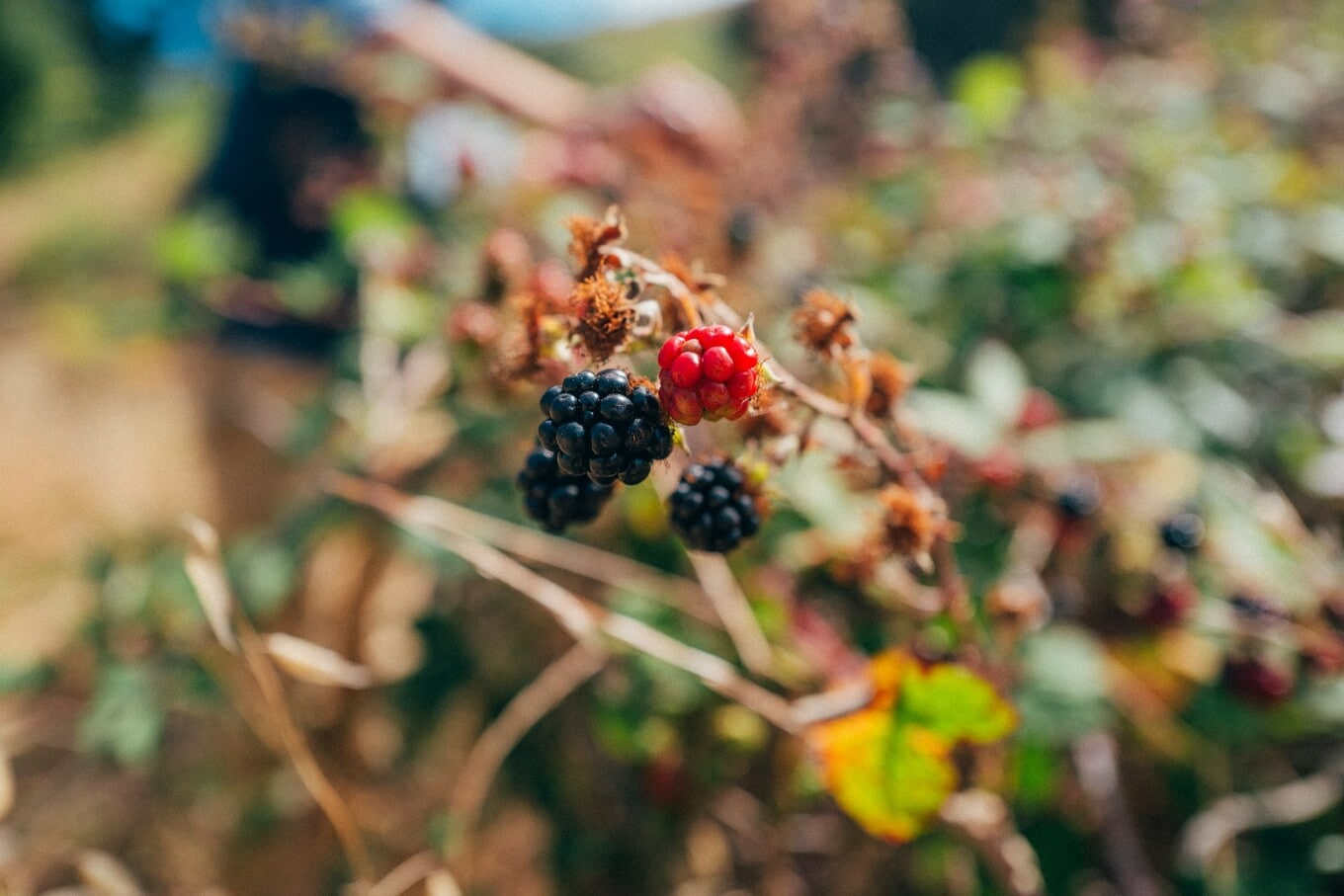 Unsplash
Unsplash
2 Start local
Learn the most common wild edibles in your area. An easy Google search of “common wild edibles in [your region or planting zone]” will get you off and running. These are often easy to identify and have no dangerous look-alikes. Research which part of the plant is edible and how you can prepare it. Avoid chemically-treated lawns and areas with high exposure to car exhaust. Only harvest what you need, and never take all of a plant from one area. Remember, they grow a stone’s throw from your kitchen, so no need to hoard them.
Pro tip: Picking from your neighbor’s lemon tree does not count as foraging. Stay away from neighbors’ properties.
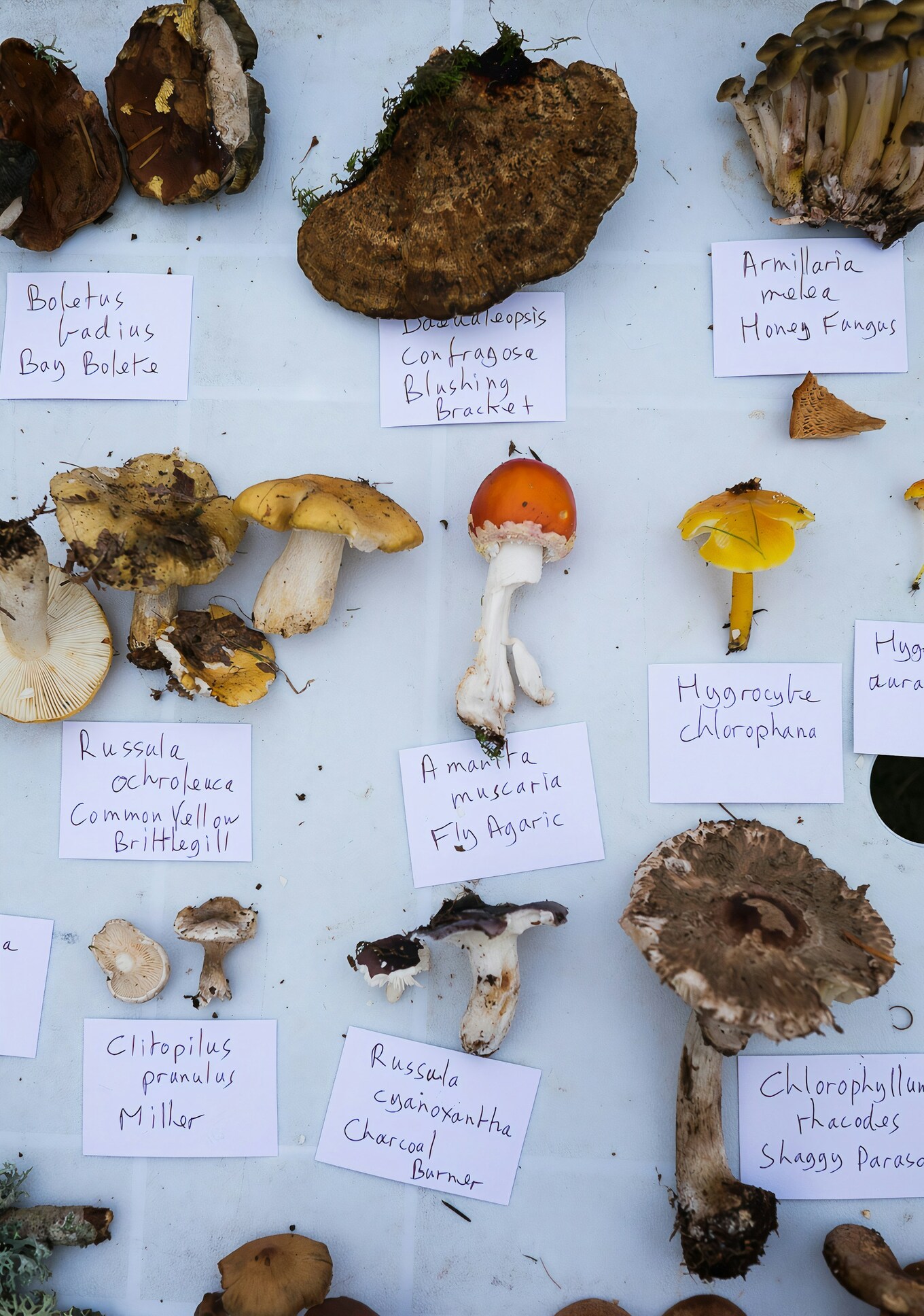 Unsplash
Unsplash
3 Be positive
We’re serious on this one—it is crucial to make a positive identification before consuming any wild edible. Confirm the leaf, root, and stem structure. Know the leaf size, shape, edges, and how they form along the stem. Is it low-lying? Does it creep? Does it grow in clusters or isolation? Keep a record of positive identifiers for each of your harvests for future reference.
Pro tip: Keep a photo log of the plants you have successfully identified.
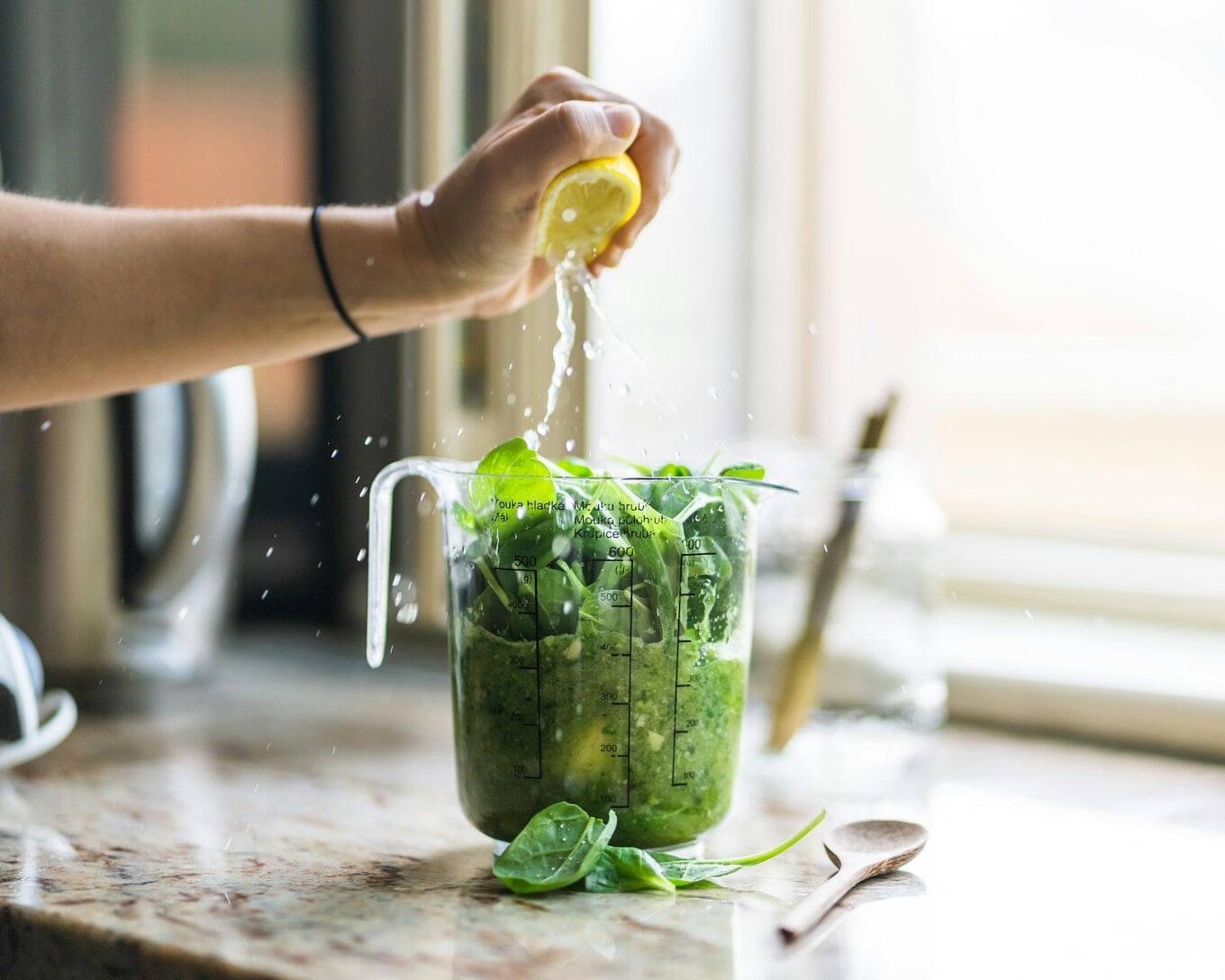 Unsplash
Unsplash
4 Start small
Any time you change your diet, your body will react to the shift, so start with small portions to test the waters. Nibble a raw leaf to note the flavor, then wait an hour to see how your body reacts. If your stomach is content, prepare a simple side dish by sautéeing the greens with a little salt, pepper, oil, vinegar, and a finish of lemon.
Pro tip: While it may seem pastoral to eat straight from the earth, take your harvest home and wash it first.
BECOME A VEGNEWS VIP: Get exclusive product deals, freebies, and perks galore!
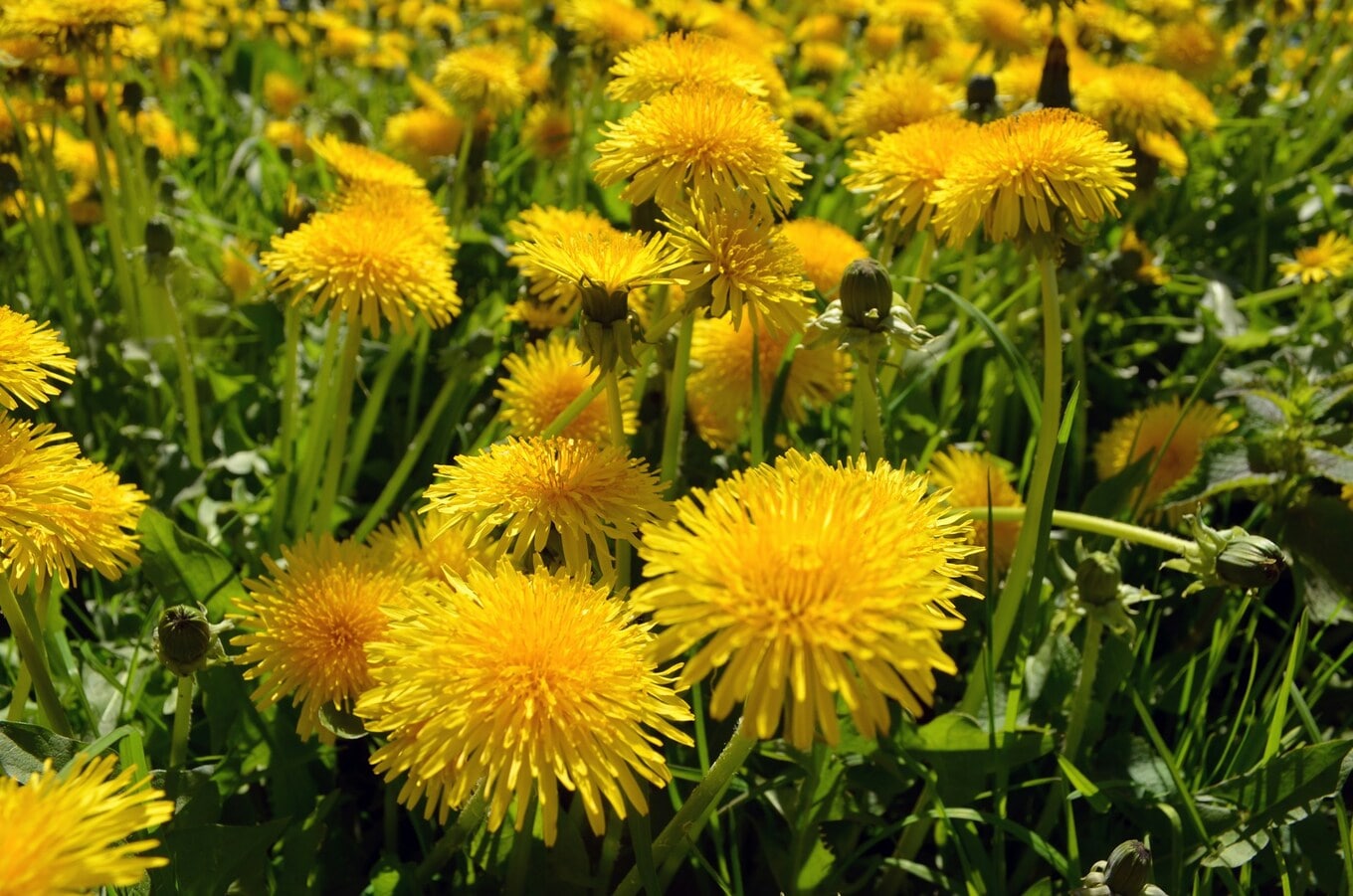 Unsplash
Unsplash
5 Identify the dandelion
We’ve all wished upon countless weeds assuming they were dandelions, but there are quite a few look-alikes out there. Fortunately, most dandelion look-alikes are also edible and nutritious. For the real thing, look for the true dandelion’s straight, tube-like stem and smooth, forked leaves. Every part of the dandelion is edible—raw or cooked—but the younger leaves found at the stem’s base are less bitter. Roots are good for teas or tinctures, and the leaves and flowers make excellent additions to salads.
Pro tip: Need some direction? Try this Dandelion and Bitter Greens Salad recipe.
6 Identify mallow
Already mastered the dandelion? Try mallow. Another beginner’s friend with no dangerous look-alikes and easy identifiers, mallow has round leaves that grow together in little sprawling clusters. Look for lace-trim edges with tiny ridges and a tinge of purple at the petiole. Every part of the mallow plant is edible—including its tiny flowers and seed pods. It contains protein, fiber, vitamins and minerals, antioxidants, and essential fatty acids. Boiled mallow roots can be used to reduce inflammation, and mallow leaf tea soothes irritated throats.
Pro tip: Try making Khobiza, a traditional Palestinian side dish of sautéed mallow.
7 Start cooking
Prepare your harvest by separating the leaves, stems, buds, flowers, and roots, as each part will require a different cooking method. Rinse the parts with room temperature water and soak anything you intend to eat raw in a vinegar solution for six minutes before preparing. Blanch the stems of both dandelion and mallow together and sautée them with the buds in sesame oil and soy sauce as you would with a noodle-based stir fry. Pair this cooked combination with weeds’ greens and you have a whole meal, from lawn to table.
Pro tip: Make your meager harvest go a long way by mixing in a generous helping of grains. This Wild Greens and Barley recipe never fails us.
For more plant-based stories like this, read:
JUMP TO ... Latest News | Recipes | Guides | Health | Subscribe
Here at VegNews, we live and breathe the plant-based lifestyle, and only recommend products we feel make our lives amazing. Occasionally, articles may include shopping links where we might earn a small commission, but in no way does this effect the editorial integrity of VegNews.

